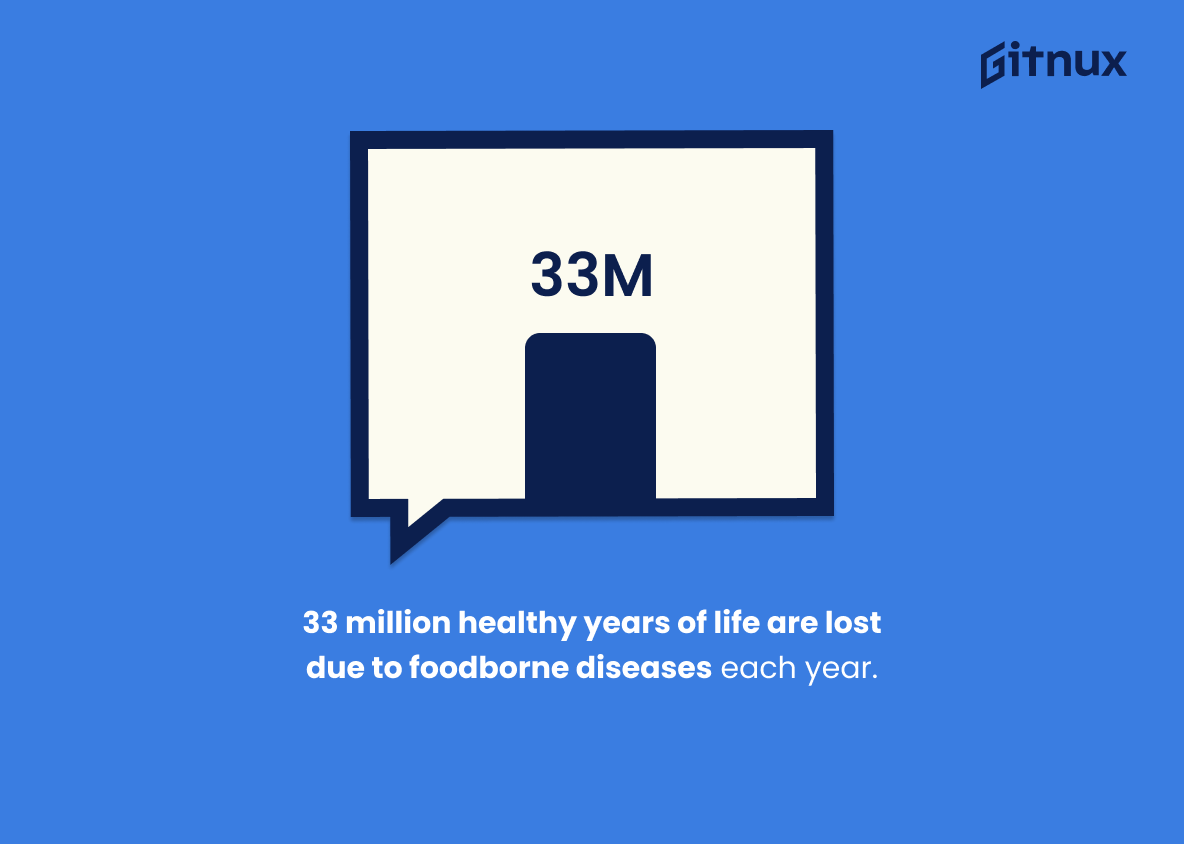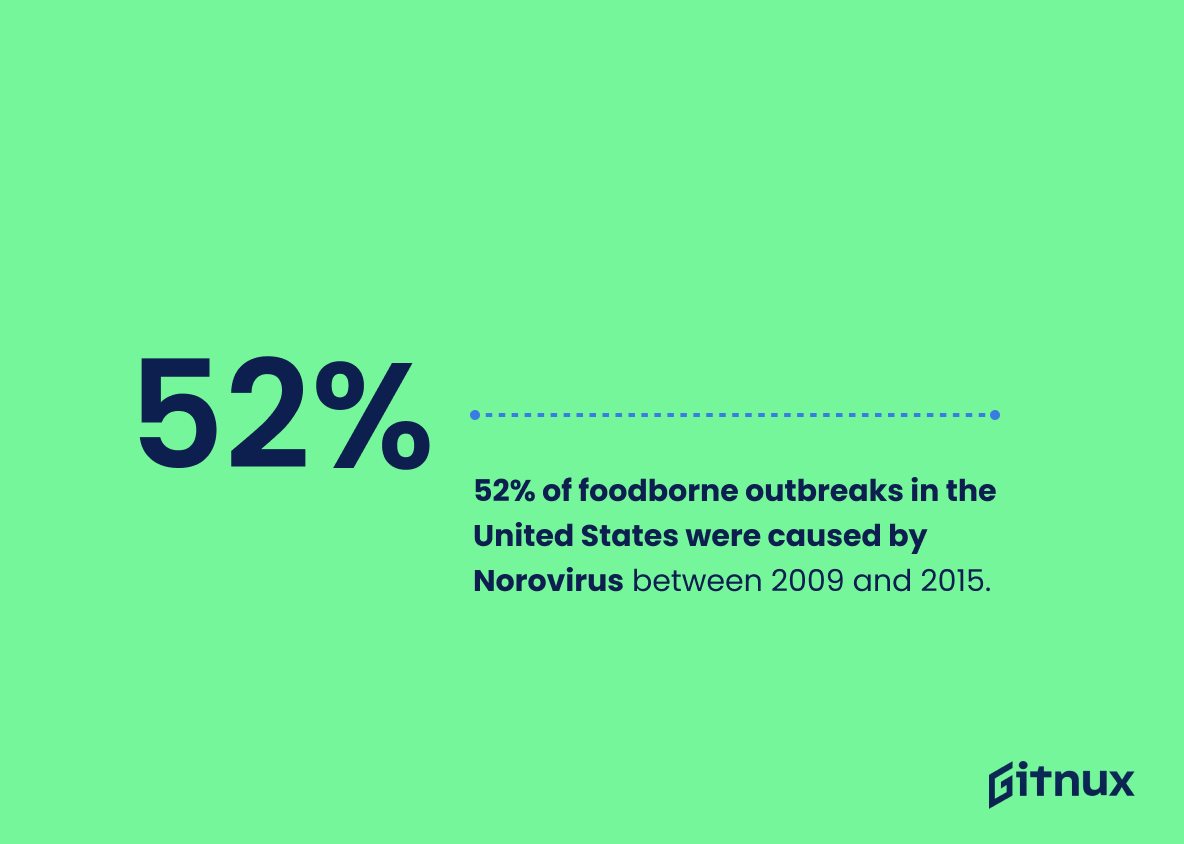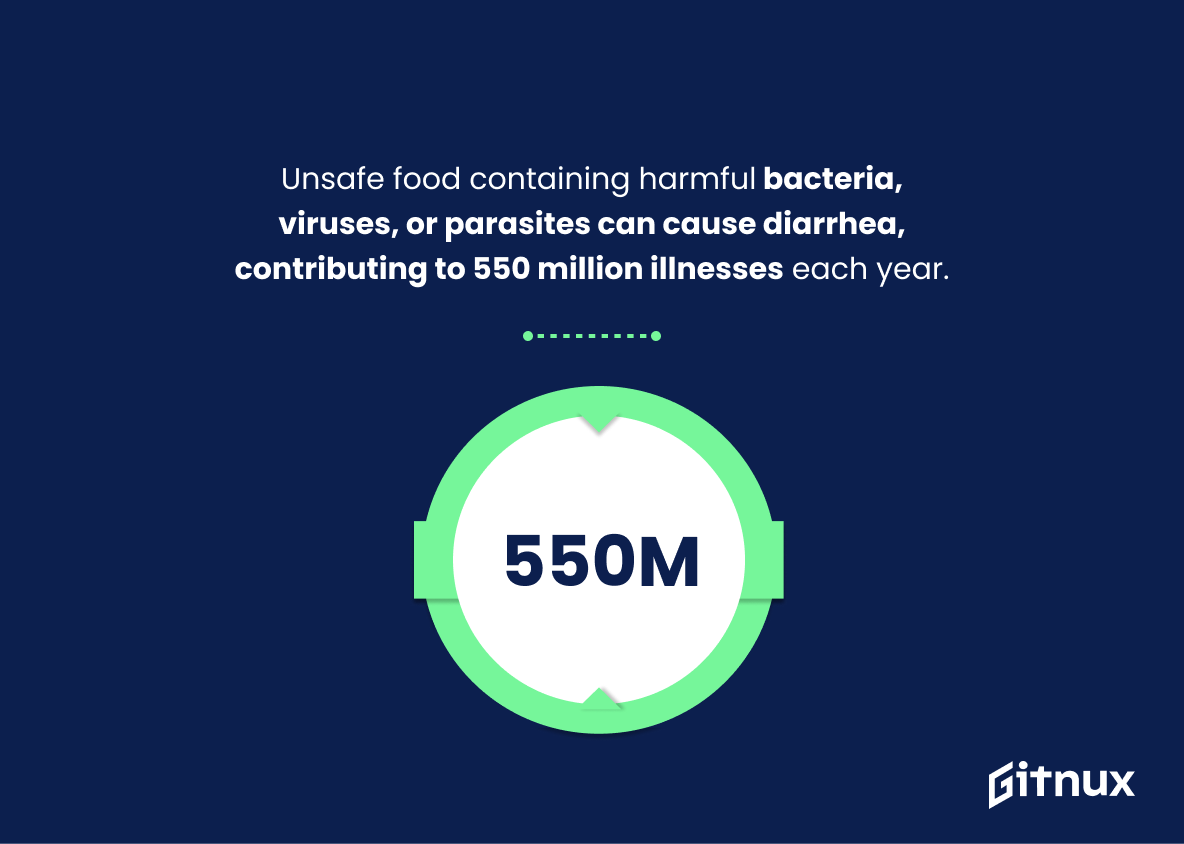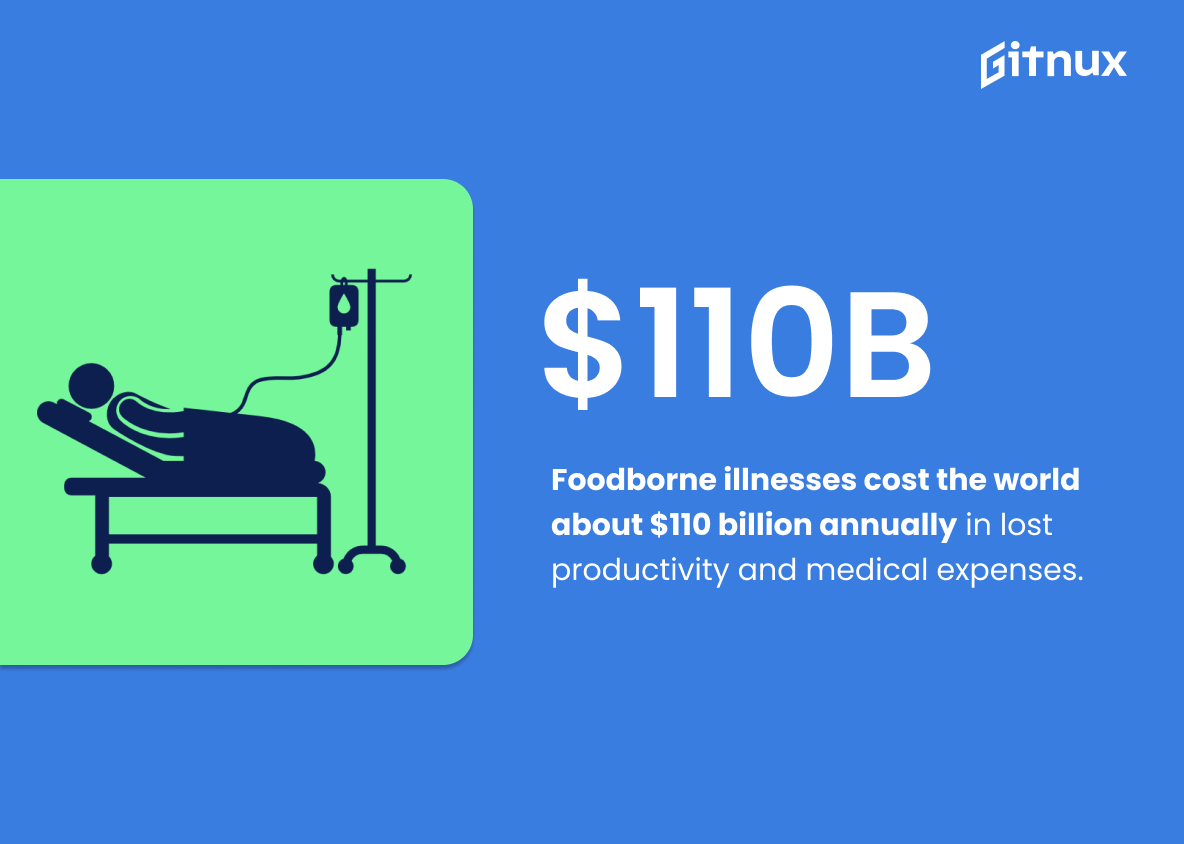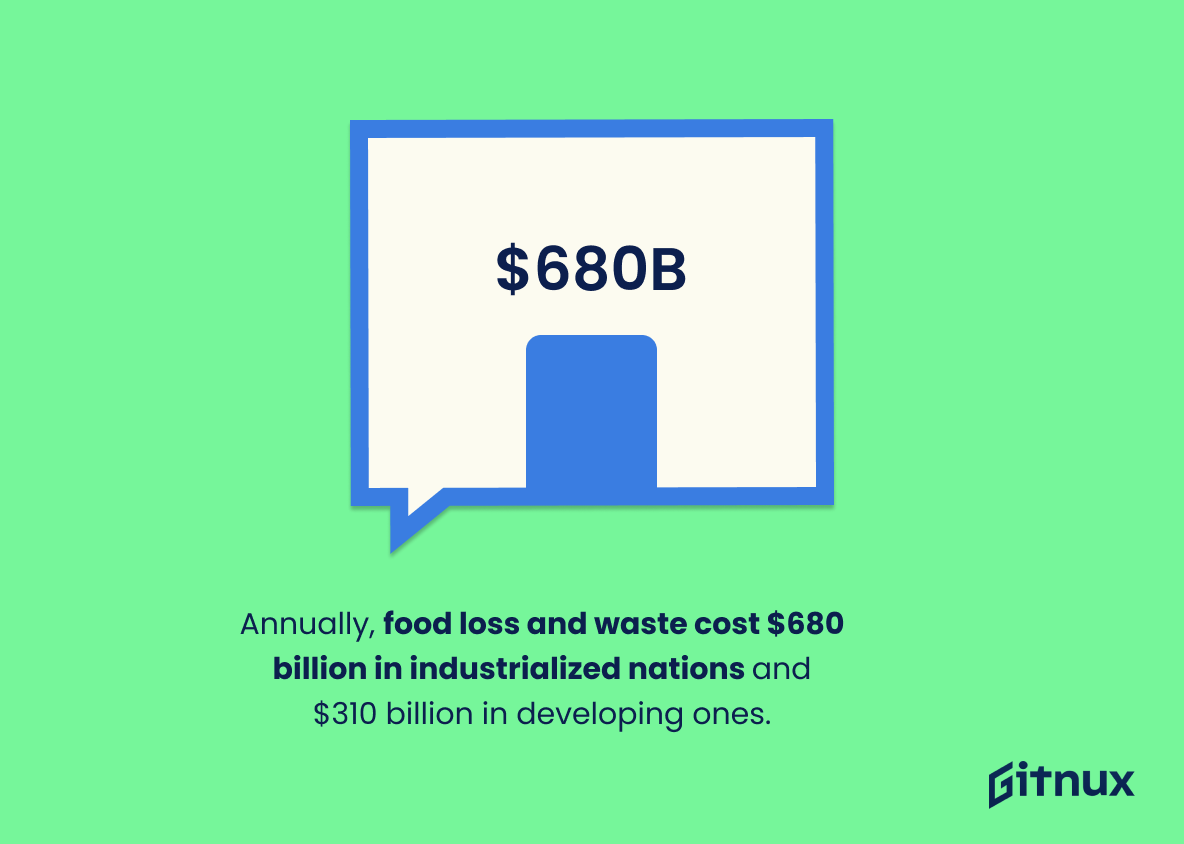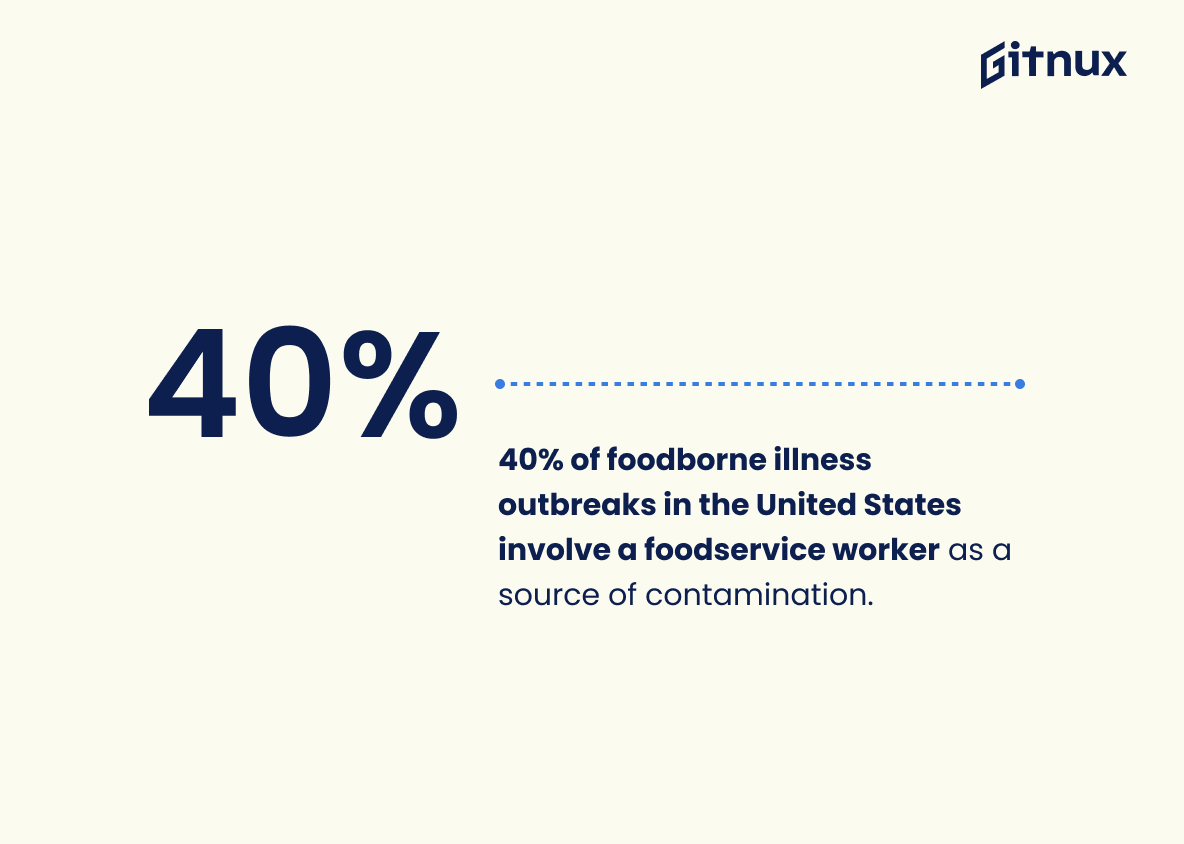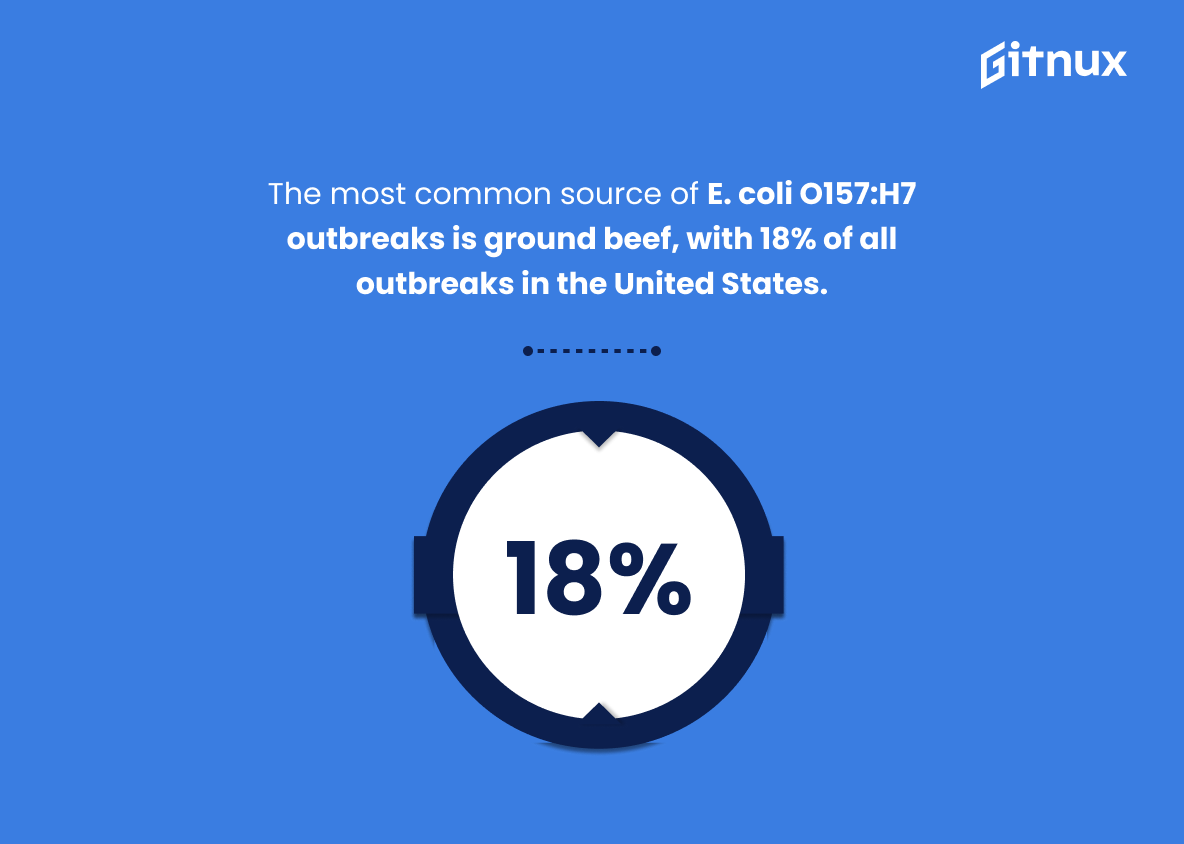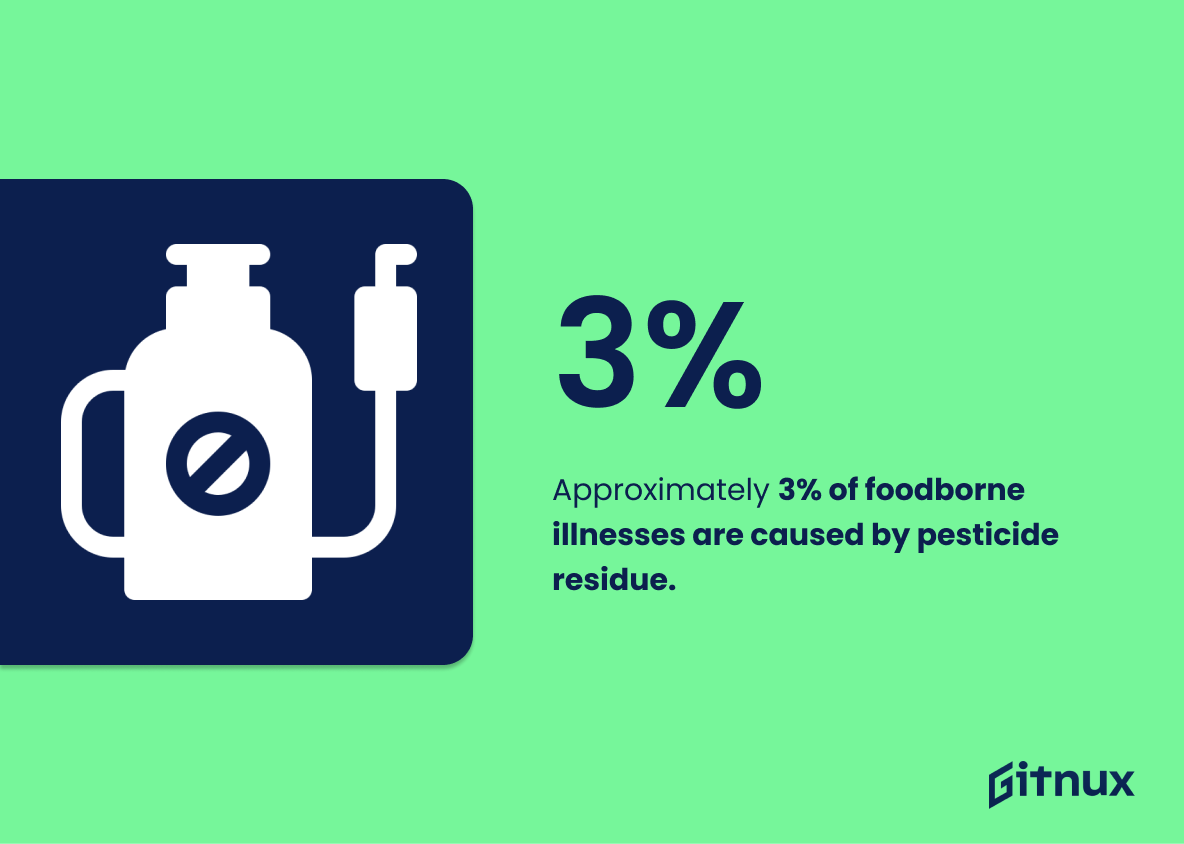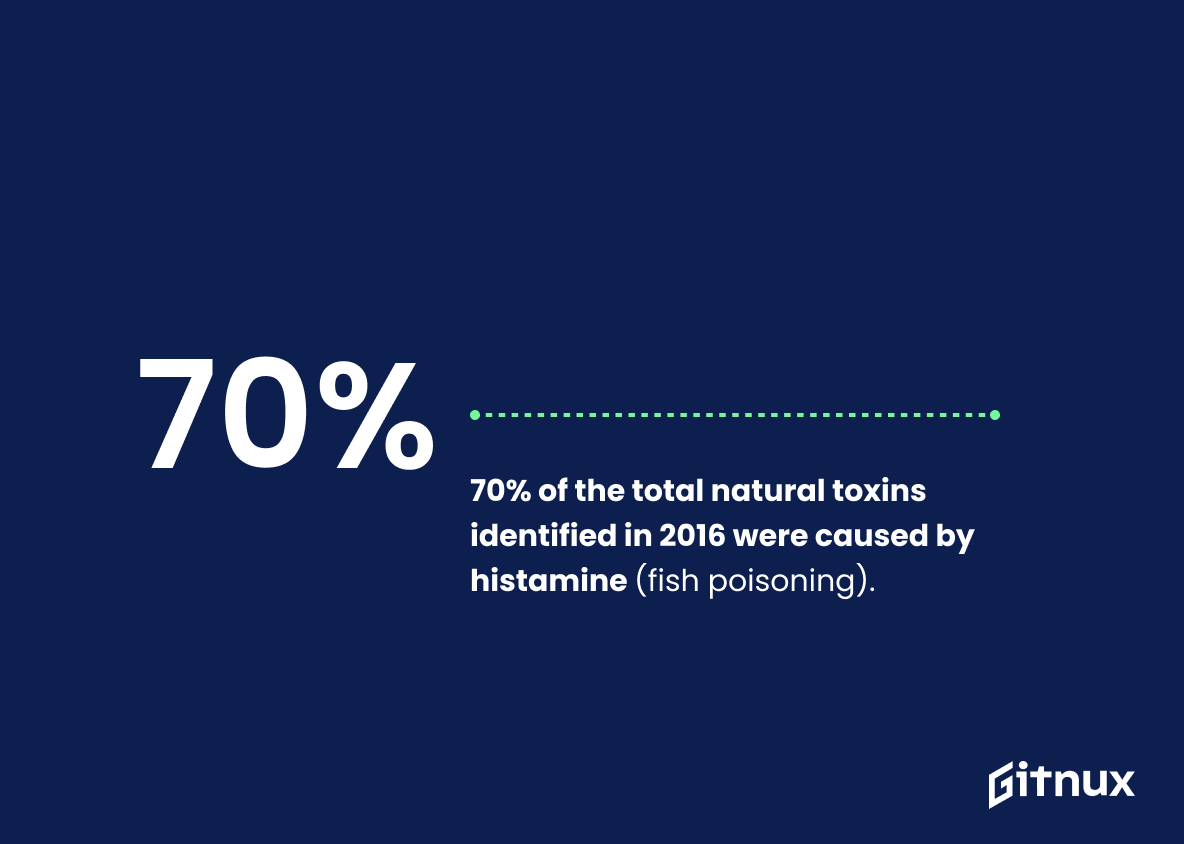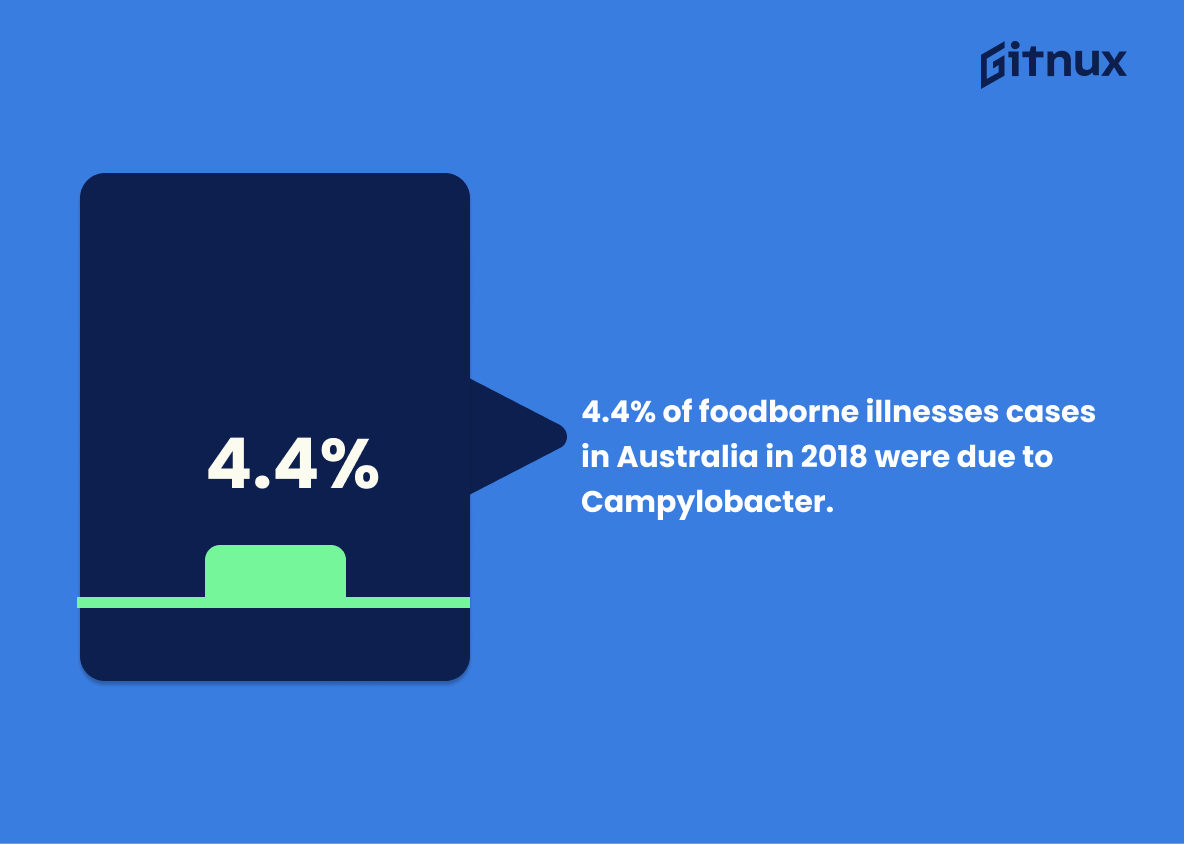It is no secret that food safety is a major concern for people all over the world. Every year, millions of individuals suffer from illnesses caused by contaminated foods and beverages. In this blog post, we will be exploring some alarming statistics about food safety to better understand the scope of this issue. From how many Americans get sick each year due to unsafe food consumption to what percentage of kitchen cleaning cloths contain bacteria in the United Kingdom – these are just some examples of data points we’ll cover here today. So let’s dive right into it and take a look at 20 shocking facts about global food safety statistics.
Food Safety Statistics Overview
30% of foodborne disease outbreaks in European Union countries are caused by Salmonella.
This statistic is a stark reminder of the importance of food safety, as Salmonella is one of the most common causes of foodborne disease outbreaks in European Union countries. It highlights the need for stringent food safety measures to be taken in order to protect consumers from the potentially serious health risks associated with Salmonella contamination.
33 million healthy years of life are lost due to foodborne diseases each year.
This statistic is a stark reminder of the devastating impact that foodborne diseases have on our lives. It highlights the importance of food safety and the need to take measures to reduce the number of healthy years of life lost due to foodborne diseases. It is a call to action to ensure that food safety is taken seriously and that measures are taken to reduce the number of people affected by foodborne diseases.
52% of foodborne outbreaks in the United States were caused by Norovirus between 2009 and 2015.
This statistic is a stark reminder of the importance of food safety. Norovirus is a highly contagious virus that can cause severe gastrointestinal illness, and it is responsible for more than half of all foodborne outbreaks in the United States over the past six years. This highlights the need for proper food handling and preparation practices to ensure that food is safe to consume.
Around 600 million (1 in 10 people) fall ill due to contaminated food every year.
This statistic is a stark reminder of the importance of food safety. It highlights the sheer number of people who suffer from food-borne illnesses each year, and the need for greater awareness and action to ensure that food is safe for consumption. It is a call to action for everyone to take responsibility for food safety and to ensure that the food we eat is safe and healthy.
Unsafe food containing harmful bacteria, viruses, or parasites can cause diarrhea, contributing to 550 million illnesses each year.
This statistic is a stark reminder of the importance of food safety. It highlights the fact that 550 million people are affected by food-borne illnesses each year, a number that is far too high. It serves as a warning to be vigilant in ensuring that food is properly handled and stored to prevent the spread of harmful bacteria, viruses, and parasites.
The global cost of foodborne illnesses reaches an estimated US $110 billion in lost productivity and medical expenses each year.
This statistic is a stark reminder of the immense economic burden that foodborne illnesses place on society. It is a sobering reminder of the importance of food safety and the need to take proactive steps to ensure that food is safe to consume. The cost of foodborne illnesses is not only financial, but also includes the physical and emotional toll it takes on those affected. This statistic serves as a call to action to prioritize food safety and take the necessary steps to protect the public from foodborne illnesses.
Each year, food loss and waste costs about $680 billion in industrialized countries and $310 billion in developing countries.
This statistic is a stark reminder of the immense financial burden that food loss and waste places on both industrialized and developing countries. It is a sobering reminder of the need for greater efforts to ensure food safety and reduce food waste. It also highlights the importance of investing in food safety initiatives to ensure that food is not wasted and that it is safe for consumption.
40% of foodborne illness outbreaks in the United States involve a foodservice worker as a source of contamination.
This statistic is a stark reminder of the importance of food safety in the foodservice industry. It highlights the need for proper training and education of foodservice workers to ensure that food is handled and prepared safely. It also serves as a warning to consumers that they should be aware of the potential risks associated with eating food prepared by foodservice workers. By understanding the risks, consumers can make informed decisions about where they choose to eat.
The food industry has an annual recall rate of 3.9%.
This statistic is a stark reminder of the importance of food safety. With a recall rate of 3.9%, it is clear that the food industry needs to take steps to ensure that the food they produce is safe for consumption. This statistic serves as a warning to consumers that they should be aware of the potential risks associated with the food they eat. It also serves as a reminder to food producers that they must take the necessary steps to ensure that their products are safe for consumption.
The most common source of E. coli O157:H7 outbreaks is ground beef, with 18% of all outbreaks in the United States.
This statistic is a stark reminder of the importance of food safety, as ground beef is a staple in many diets. It highlights the need for consumers to be aware of the potential risks associated with eating ground beef, and to take the necessary precautions to ensure that it is cooked and stored properly. Furthermore, it serves as a warning to food producers to take extra care in the production and handling of ground beef, as it is a major source of E. coli O157:H7 outbreaks in the United States.
Approximately 3% of foodborne illnesses are caused by pesticide residue.
This statistic is a stark reminder of the importance of food safety. Pesticide residue can be a major source of foodborne illnesses, and it is essential that we take steps to reduce the risk of contamination. By understanding the prevalence of pesticide residue in food, we can better equip ourselves to protect our health and the health of our families.
An estimated 15% of all foodborne diseases cases can be linked to travel.
This statistic is a stark reminder of the importance of food safety when travelling. It highlights the need for travelers to be aware of the potential risks associated with eating food from unfamiliar sources, and to take the necessary precautions to ensure their food is safe to consume. It also serves as a warning to those who may be unaware of the potential dangers of eating food from abroad, and the importance of being vigilant when it comes to food safety.
70% of the total natural toxins identified in 2016 were caused by histamine (fish poisoning).
This statistic is a stark reminder of the importance of food safety. It highlights the fact that histamine, a natural toxin, is responsible for a large portion of food-borne illnesses, and that proper food handling and storage is essential to ensure the safety of consumers. It also serves as a warning to those who consume fish, as they should be aware of the potential risks associated with eating fish that has not been properly handled and stored.
4.4% of foodborne illnesses cases in Australia in 2018 were due to Campylobacter.
This statistic is a stark reminder of the prevalence of Campylobacter in Australia’s food supply. It highlights the importance of food safety and the need for individuals to take extra precautions when handling and preparing food. It also serves as a warning to food producers and suppliers to ensure that their products are safe and free from contamination.
515 cases of Listeriosis were reported in the European Union in 2019, with a 17.5% fatality rate.
This statistic is a stark reminder of the importance of food safety. With 515 cases of Listeriosis reported in the European Union in 2019, and a fatality rate of 17.5%, it is clear that food safety is a serious issue that needs to be addressed. This statistic serves as a warning to all of us to be vigilant in our food safety practices and to take the necessary steps to ensure that our food is safe to consume.
Only 42% of food establishments in the United States consistently check and record food temperature.
This statistic is a stark reminder of the importance of food safety. With only 42% of food establishments consistently checking and recording food temperature, there is a significant risk of foodborne illness due to improper food handling. This highlights the need for greater awareness and education about food safety, as well as stricter enforcement of food safety regulations.
Conclusion
The statistics presented in this blog post demonstrate the prevalence of foodborne illnesses and their associated costs around the world. From these figures, it is clear that there are significant risks posed by contaminated foods, with an estimated 1 in 6 Americans (or 48 million people) getting sick each year due to food-related diseases. Furthermore, approximately 600 million people fall ill annually from eating contaminated food and 33 million healthy years of life are lost as a result. The global cost of unsafe foods reaches US $110 billion per year while only 42% of establishments consistently check and record temperatures for safety purposes. These facts highlight the importance of taking measures to ensure safe handling practices throughout all stages of production – from farm to fork – so that we can reduce our risk exposure to potentially dangerous pathogens or contaminants which could lead to serious health consequences if left unchecked.
References
0. – https://www.cdc.gov
1. – https://www.efsa.europa.eu
2. – https://www.fooddive.com
3. – https://www.worldbank.org
4. – https://www.fao.org
5. – https://www.ncbi.nlm.nih.gov
6. – https://www.foodstandards.gov.au
7. – https://www.ecdc.europa.eu
8. – https://www.who.int
9. – https://www.researchgate.net
10. – https://www.foodsafetymagazine.com
11. – https://www.rand.org

